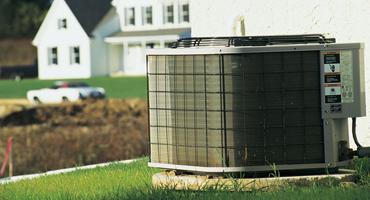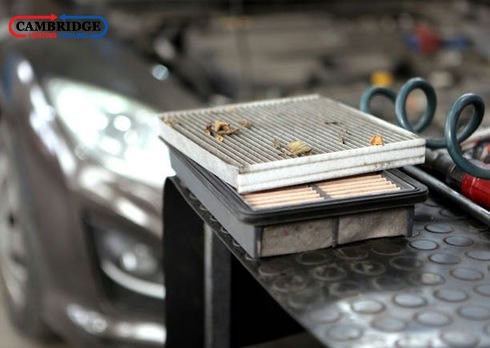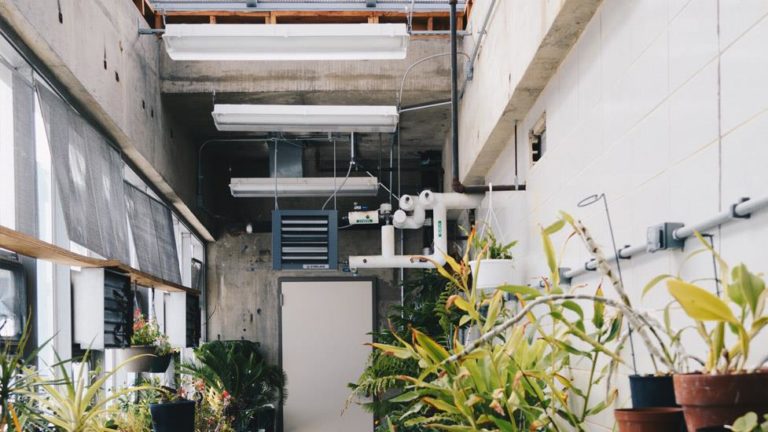Guide to Gas Furnaces
A furnace is a container in which flammable materials are burned. A gas furnace is a domestic device that is regularly used as a heating appliance in most residences. There are certain types of furnaces that are also utilized in industrial enterprises. When gas is burned in a traditional furnace, byproducts such as carbon dioxide and water vapor are produced. A chimney allows all of the heat produced to escape. The forced air system is another name for a gas furnace. According to the Gas Furnace Cleaning Scarborough, the following are the parts of a gas furnace:
The burner is where the gas is burned to generate heat.
Heat Exchangers – A heat exchanger is a device that converts one form of heat into a different type of heat. Water, for example, is converted to air, air is turned to warm air, and gas is converted to warm air.
The warm air is circulated using a circulation blower or a ventilator. The blower may blast hot air out in any direction, but the air is only forced in one direction here. This is primarily a commercial furnace. Warm air is dispersed uniformly across the space by another sort of blower. This is the most common type of furnace found in homes.
Ductwork is a feature of all furnaces. It’s a rectangular-shaped metal sheet that serves as a hot air distribution conduit. Warm air is generated and circulated via the ducts before entering the room via the ventilator. As dust accumulates in the ducts, they must be cleaned on a regular basis. Warm air movement becomes restricted if it is not cleaned on a regular basis.
The air filter is an integral component of the furnace. It retains all contaminants and prevents them from spreading throughout the house. The air filter must be cleaned on a regular basis because it collects all of the dust particles. They become unusable if they are not cleaned.
Aside from the above-mentioned components, the gas furnace also has safety and control components. A metal case encases all of the components. The primary gas supply is directly connected to the electronic ignition system. The gas furnace takes heat from the heat exchanger and warms it with the help of a natural gas flame. The hot air is then sent through the metal ducts, which subsequently blows the hot air into the room through the furnace’s grills to heat it up. The furnace basically pulls in the air in the room and then blows out the warm air.
The traditional furnace is considered to be the least efficient. It has a permanent pilot (a flame which is lit at all times). When the flame goes out, the furnace stops working. As a result, it is considered an inefficient furnace. Electronic ignition is used to light the furnace in an induced draft furnace. To allow the fuel to operate, a tiny fan is employed to bring the gases to it. The most efficient furnace is supposed to be the condensing furnace. It makes use of a heat exchanger to cool the fuel to the point of water condensation. The furnace extracts more heat from the combustion process in this method.
The thermostat is set too low and thus no heat is produced; the fuse controlling the furnaces has tripped; the valve through which the gas is passed through is blocked or closed; the gas burners and air filters may be blocked; the blower motor is not functioning; the motor belt requires oiling, and so on.





